Telemedicine Solutions: Future of Healthcare Industry in Digital Age!
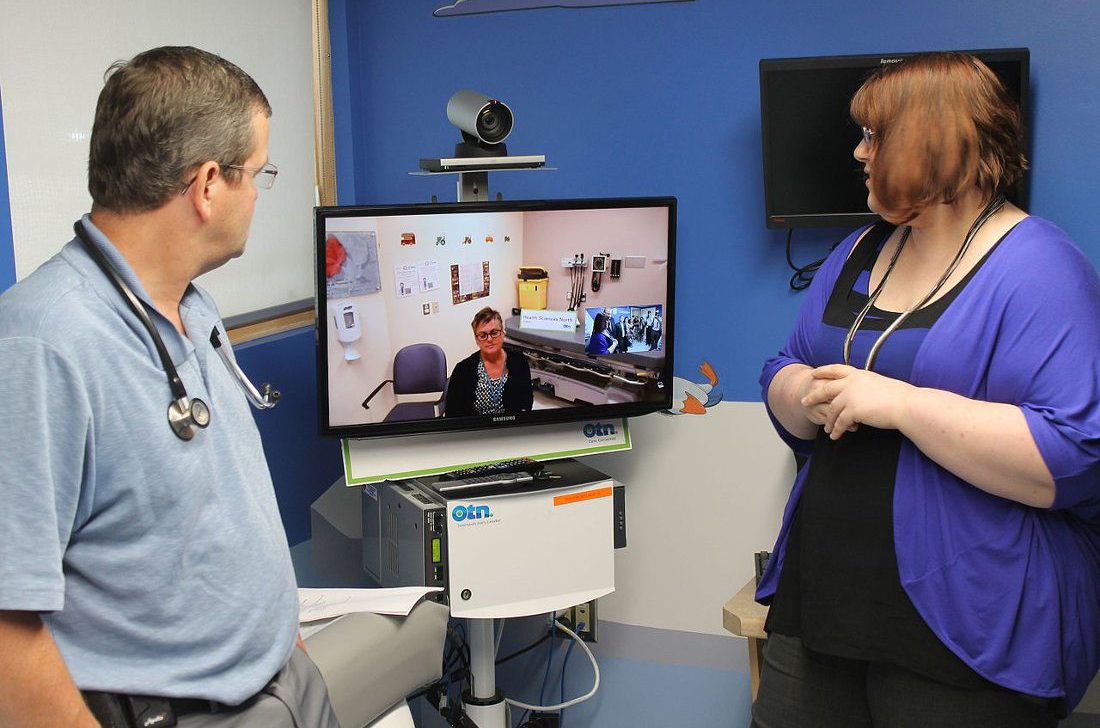
The Information and Communication Technologies (ICT) applied to health care have positively impacted the healthcare industry worldwide in recent decades. With the ICT revolution of the late 1990s, interest resurfaced in Telemedicine, an innovation that was likely to play an important role in the evolution and transformation of health system in the coming years. It is a key and disruptive element, not only from a technological perspective, but also socio-cultural and economic, because Telemedicine poses solutions to present day challenges such as the growing demand for health services, the aging of the population or the need to manage large amounts of customer in pandemic, among others.
Telemedicine has been rapidly changing the way health care is delivered in the United States, giving doctors the ability to communicate with their patients through text and video messages from thousands of miles away in the event that an in-person consultation is either unnecessary or unattainable.
How Telemedicine is Changing Healthcare
According to American Telemedicine Association, telemedicine is the use of technology and telecommunications for the exchange of medical information from one place to another with an aim of improving the patient’s health status and providing health education support to the patient or the healthcare provider. Telemedicine provides medical services remotely. It is used to extend medical services, e.g., consultancy, real-time engagement of patients with doctors, continuous patient monitoring, and ubiquitous availability. In developing countries, live services are provided to rural and remote areas through telemedicine. A few applications of telemedicine are the following: teleconsultation, tele diagnosis, teletherapy, telemonitoring, telerehabilitation.
So, telemedicine allows clinical services to leverage information technologies, video imaging, and telecommunication to enable doctors to provide healthcare services at a distance. Digital health is a new term that is increasingly being heard all over and rapidly catching the imagination of the concerned stakeholders. Simply put, it is an overarching term that includes all aspects of IT-enabled healthcare like eHealth, mHealth, telemedicine, medical devices, biosensors, bio-monitors, etc.
The enabling technologies developed in the past decade have made it possible to remain connected to social networks in the cyber-domain while being mobile in the physical domain. Telemedicine can, if properly used, enable clinicians to:
- Reduce overcrowding—use technology for triage to weed out the normal/those requiring attention that is either trivial or can be deferred for later— like, for example, middle-of-the- night inability to sleep, can be dealt with during regular.
- Devote sufficient time to those who would benefit most.
- Use resources judiciously to maximize efficiency and outcomes.
Advances in telehealth services are in many areas, including gap service coverage (for example, night-time radiology coverage), urgent services proliferation of video-enabled multisite group chart rounds. Progress has been made in confronting traditional barriers to the proliferation of telehealth. health is currently undergoing explosive growth and could be a disruptive innovation that will change the face of healthcare in the future.
COVID-19 Proves That Telemedicine Is the Future of Healthcare
The current dilemma facing health care systems worldwide is how to sustain the capacity to provide service not only for those afflicted with COVID-19 but also for trauma patients and those suffering from other acute and chronic diseases while protecting the physicians, nurses, and other allied health personnel.
It is no surprise that health systems all over the world are now resorting to telemedicine to provide care while keeping patients in their homes. The massive conversion to telemedicine demonstrates its utility as an effective tool for the social distancing in clinical or other settings. This ongoing global crisis forced healthcare institutions and regulatory bodies to turn to alternative ways of providing healthcare while limiting exposure to the virus. And telemedicine is presenting itself as the ideal solution to these woes by limiting patient displacement to hospitals, allocating hospital capacity to important cases, all while curbing the disease’s spread.
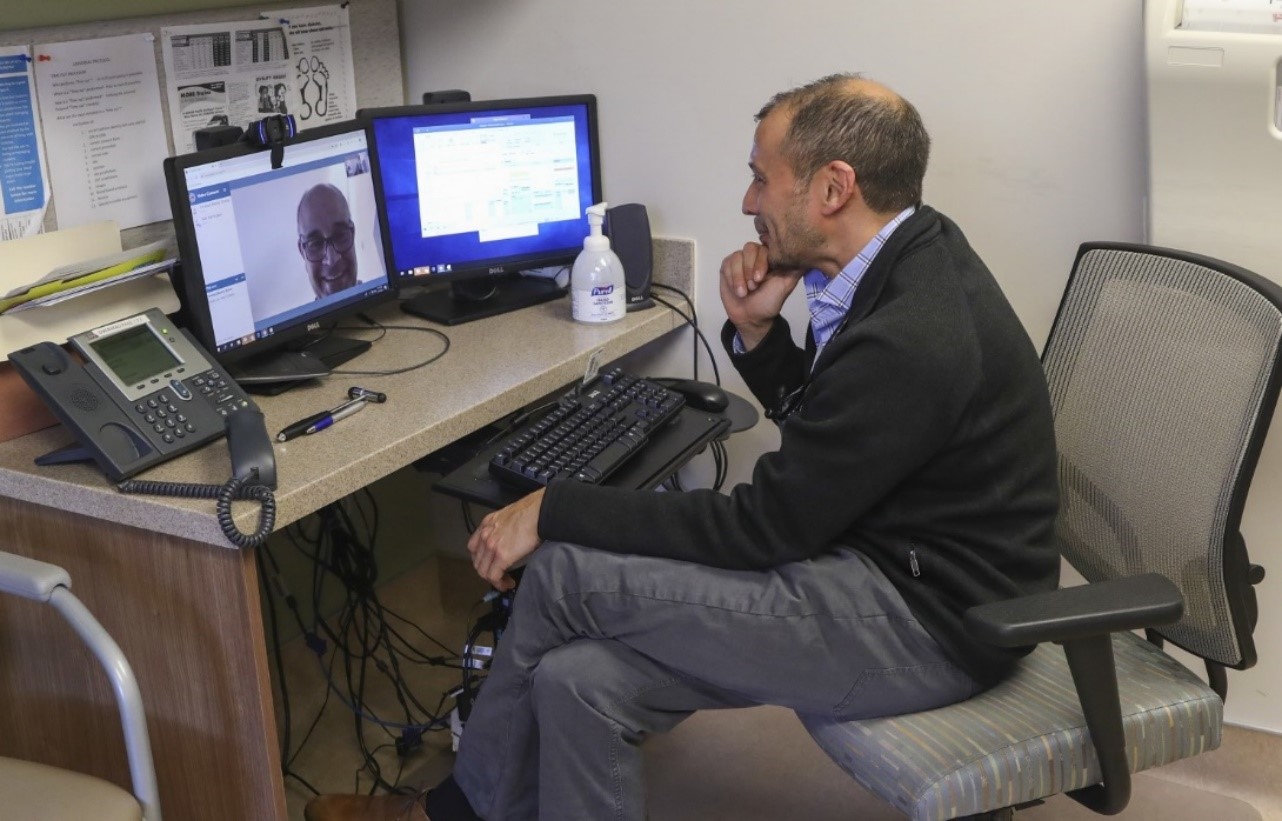
Much medical decision making is cognitive, and telemedicine can provide rapid access to subspecialists who are not immediately available in person. This approach has been explored most fully in the context of stroke, for which systems provide virtual emergency neurologic care at large numbers of hospitals. The barriers to implementing these programs are largely related to payment, credentialing, and staffing of specialists.
Using telehealth, clinicians can continue to care for established (nonexposed) patients by converting scheduled office visits to telemedicine visits. These visits can be conducted with both patient and clinician at home, greatly limiting travel and exposure and permitting uninterrupted care of established patients. Online training modules and remote training sessions are available for clinicians or patients who require just-in-time training or assistance during their first call.
Disasters and pandemics pose unique challenges to health care delivery. Though telehealth will not solve them all, it is well suited for scenarios in which infrastructure remains intact and clinicians are available to see patients. Payment and regulatory structures, state licensing, credentialing across hospitals, and program implementation all take time to work through, but health systems that have already invested in telemedicine are well positioned to ensure that patients with Covid-19 receive the care they need. In this instance, it may be a virtually perfect solution.
In the long run, the future healthcare industry must triage patients to encourage appropriate and discourage inappropriate use of service. Ideally, the triaging system would be implemented statewide or region wide for maximal efficiency. Telemedicine offers tools for implementing triage at the point of need.
Potential of Using Technology in Telemedicine
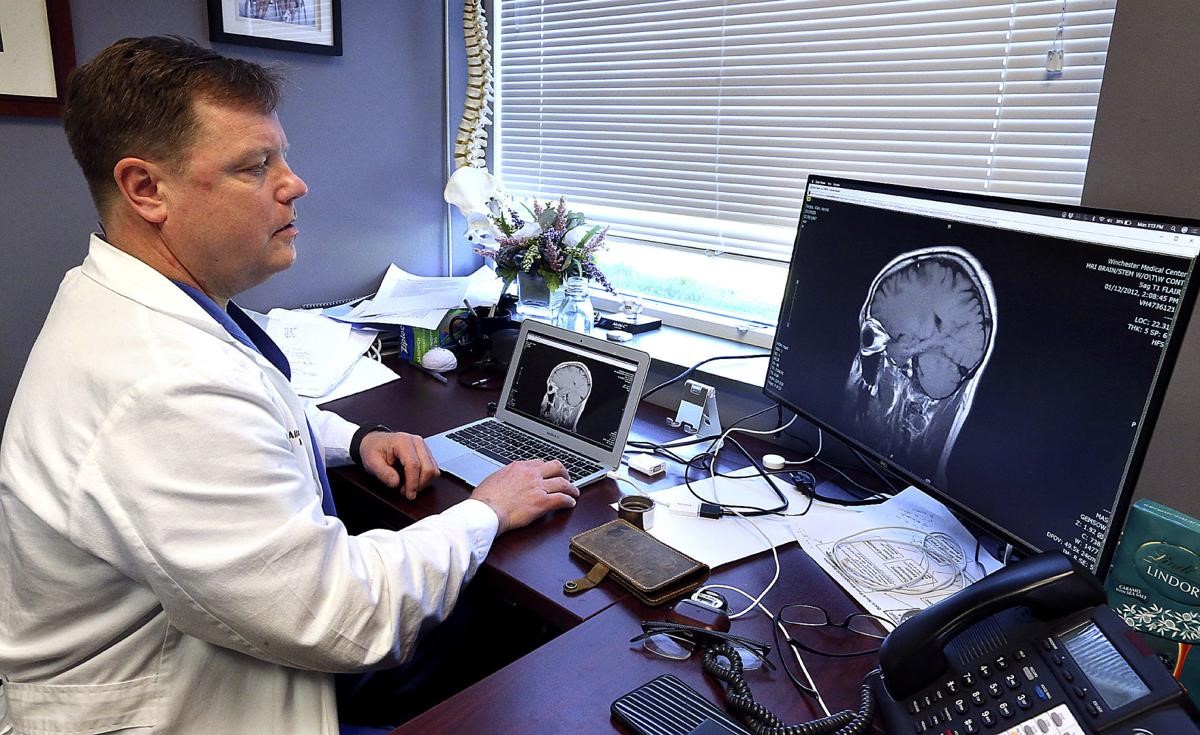
Telemedicine refers to the delivery of healthcare services remotely, via the Internet. These services are delivered through smartphones, medical devices, apps, and cloud computing. The growth of eHealth has implications for a range of industries and stakeholders.
Synergistic advances in all areas of technology from sophisticated signal-processing systems and low-power sensor technologies to the development of broadband wired and wireless communication systems, the existence of increasing end user−friendly appliances and the emergence of networked cloud computing and storage services suggests a dramatic shift in provisioning healthcare in the 21st century.
Indeed, advances in sensing and communication technologies along with advances in software engineering make it possible to synthesize new solutions for wearable healthcare systems, thus enabling the development of healthcare-centered smart homes that can sense the relative state of health of persons living in the home. The application of these sophisticated and networked biometric sensor systems suggests that aging Internet citizens and those with preexisting health conditions can remain in their own home while healthcare providers can remotely monitor and advise them on how to improve their well-being from a distance. These composite capabilities promise delivery of quality healthcare—from anywhere and at any time.
#1 Cloud Computing
A key telemedicine enabler is the rapidly evolving landscape of networked cloud computing infrastructures that will provide storage, processing, and the communications fabric needed to intelligently interconnect patients with medical practitioners, caregivers, and family members. Cloud computing is a model that enables users to have access to a shared pool of configurable computing resources (network, software, databases, and hardware) at any time and from anywhere.
Cloud computing architectures naturally support four deployment models, including private, public, and community models and hybrid variations of these models. Increasingly, organizations are moving to the cloud to leverage off the salient advantages offered by networked cloud computing architectures. Healthcare organizations will likely not be the exception to this trend. Cloud computing has the potential to bring tremendous benefits to healthcare organizations, such as the promise of high-level patient care, cost reductions, accessibility to the medical data, and support to medical research. However, cloud computing brings many unique challenges that need to be carefully addressed. The spectrum of these challenges varies from technical and organizational to medical, legal, and public policy issues.
#2 Smart Healthcare Personal Assistants
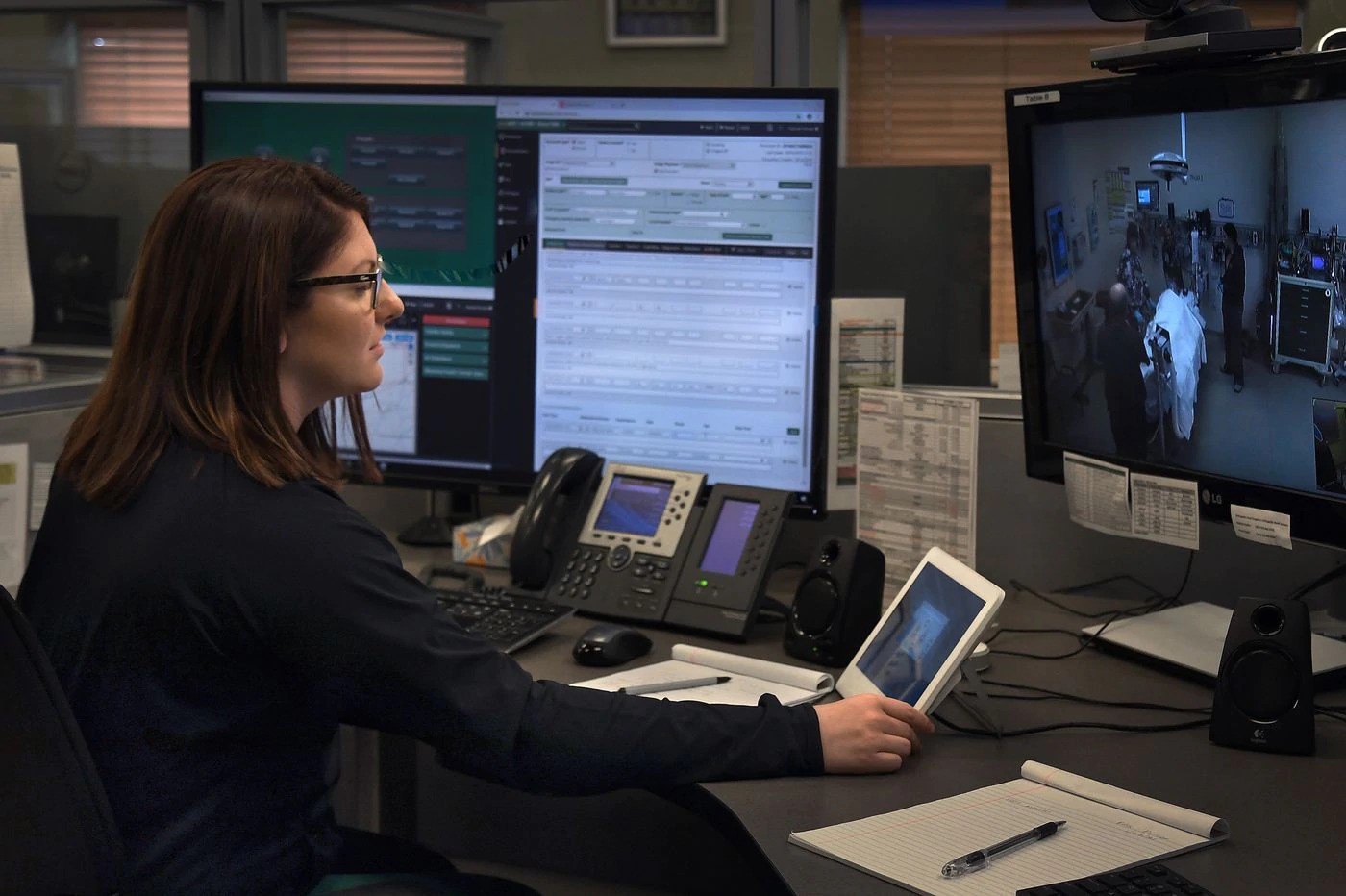
An emerging solution to alleviate the burden of frequent visits to healthcare providers is to empower patients with eHealth self-management technology. There is increasing consensus among healthcare professionals and patients alike that many chronic disorders can be better managed in the home environment than in an outpatient clinic or hospital. Self-management may involve taking self-measurements and behavioral change encouragement, such as engaging in regular exercise, weight control, and dietary change. Mobile technology and intelligent medical applications may play an important role in achieving this.
Networked smart healthcare assistants are promising technology, where smart refers to the ability of drawing clinical conclusions about the patient’s health status without, or with limited, human intervention. The use of smart self-management healthcare appliances holds the promise of achieving sustainable, high-quality, and cost-effective care of a spectrum of medical problems ranging from the need for transient episodes involving physical rehabilitation to care of long-term chronic diseases.
The mobile computing device is a networked mobile computing platform that supports collecting information about symptoms and environmental conditions directly from the patient and the patient’s surroundings, interpreting the data and providing feedback about the patient’s health status. In addition, the device communicates the patient’s data to a web center, and/or a personal caregiver. A smartphone or tablet can act as the user device.
#3 Social Media and Privacy in Telemedicine
Telemedicine is the one which takes place between a person seeking medical advice and a person dispensing that advice. A third person or a group thereof can be involved provided they can be classified as either careers or other clinicians. Thus, the use of any social media should not be considered as telemedicine. The following is provided here for information and due caution should be exercised when using this medium for any health-related interactions.
Social networking is conducted using social media comprising of websites and applications that enable users to create and share content with like-minded individuals for literally anything. Special purpose groups, like focus groups, can be created, and matters are posted for others to view and comment upon. All such posts are not one-to-one but are one-to-many instead. This creates its own set of privacy- and confidentiality-related issues.
The security solutions proposed to address security requirements of patient-monitoring systems reside in the areas of encryption and secure communication. The authentication function ensures that users are indeed who they claim to be. Therefore, an unauthorized party should not be able to receive or access a patient’s medical data. Various techniques being considered include a combination of different authentication atomics. This atomics include biometric information (fingerprint, retina scan, typing pattern, etc.) and information the user knows (mother’s maiden name), user possessions (e.g., smart card identification systems), and may also include current location and/or the end-user terminal identity (media access control hardware address) and time of access.
#4 Application of Big Data
The potential of big data is already known to everyone. Experts have been discussing for some time about the benefits that medicine could derive from the use of this technology, especially in the diagnosis of rare diseases. The electronic storage of patient data would facilitate and speed up the comparison of data between similar cases, enabling more focused analyses and speeding up the diagnosis of a disease.
Today, with the use of big data and deep learning techniques, doctors can offer effective preventive medicine, even before the onset of symptoms. This, especially for chronic diseases, is a significant advantage. Instant access to data makes it possible to predict the evolution of the clinical picture through support decision algorithms that make the entire process more efficient. With the use of electronic medical records, this amount increases dramatically as more data gets recorded and retained. To this when the data collected by an individual gets added, the amount becomes high.
It is the very nature of data that makes it qualify as big data, which makes their analysis demand special considerations. The process needs to factor in the high volumes of varied types of data in varied formats arriving very rapidly in real time. Therefore, the traditional analytical processes are rendered impracticable, forcing special methods to be adopted to ensure that the analytics are carried out properly. Special systems for data storage, data retrieval, data preparation and data analytical are employed to ensure this.
Within the remote care paradigm, probably the most important benefit of big data and analytics is in real-time data processing and analytics, something that is almost impractical in other types of data analytics. The real-time aspect permits identification of the various indicators at an early stage. This leads to the generation of appropriate proactive warnings that in turn leads to early intervention. This helps in preventing more serious problems, averting crises and lessening morbidity and mortality, more frequently and sometimes considerably.
Data from the various monitoring devices at the patient’s end get streamed into various processing systems where using techniques like signal processing, cluster analysis, pattern recognition, logistic regression, network analysis, etc., deviations from normal and potential problematic clinical states get identified rapidly in real time. With the help of these alerts, the clinicians monitoring the patient are able to proactively intervene, thereby preventing health events, even stopping them before they occur or are able to cause any significant or long-lasting, let alone serious, harm.
The clinicians are able to get in touch with the patient/person and instruct them accordingly, e.g. asking them go visit a healthcare facility or go visiting them where they live instructing them to carry certain tasks out, go lie down on bed or take some medication or avoid some food items, etc.
Barriers for Telemedicine
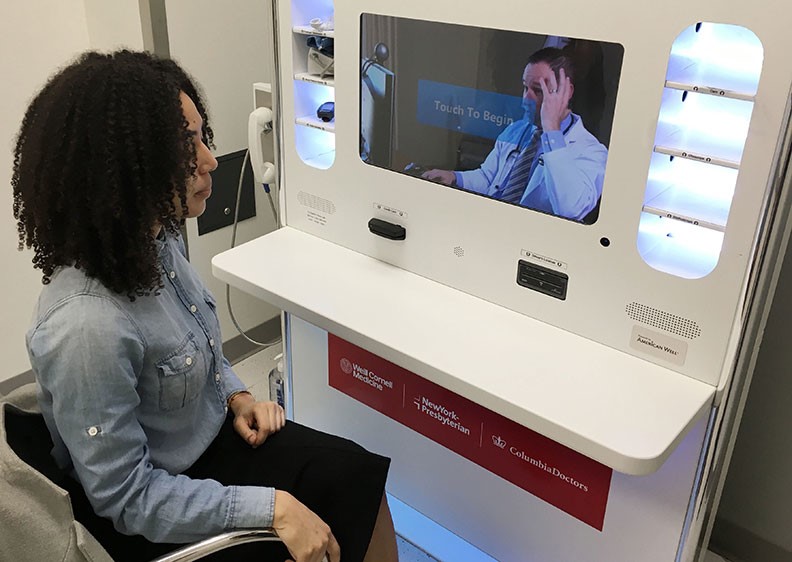
Many third-party payers do pay for telemedicine services although, unfortunately, often may require some prodding. Teleradiology services are routinely reimbursed, but to a large extent teleradiology does not differ from traditional radiology because the radiologists (other than mammographers and interventionalists) rarely interact with patients in person. “Parity” telemedicine payment requirements vary among the states that have adopted this type of legislation. Medicaid telemedicine reimbursement varies from state to state but is growing in its availability. Medicare reimbursement remains problematic to some degree.
Generally, the number of approved billing codes for Medicare has increased a few at a time with significant efforts and lobbying by organizations such as the American Telemedicine Association. The Centers for Medicare & Medicaid Services generally limits reimbursement to telemedicine services provided at rural sites, except for teleradiology and telepathology, although the definition of rural has been expanded in recent times, as has the scope of who can provide services and from where (e.g., skilled nursing facilities)
Other practical challenges include payment for the costs of telemedicine infrastructure, funding for equipment upgrades, deficiencies in billing codes that fail to align reimbursement with the value of teleconsultations, recruitment of teleconsultants, high turnover rates for rural healthcare workers, questions concerning the economic viability of certain rural healthcare systems, and others.
In addition, because of the advantages of size and mobility, the integration of telemedicine and mobile health as one entity is emerging. An app is a specialized software program that can run on platforms, such as smartphones, tablets, computers, or other types of electronic devices. Health apps are often equipped with the capability to link to Internet resources and services, including social networks, fitness, and healthcare providers. Apps are integral components of mobile health systems. What is rapidly evolving is that app-enabled mobile health is emerging as the driver for next-generation telemedicine and telehealth.
The Bottom Line
After reading this article, you may ask how much of the healthcare industry could be online? Will virtualization make a dent in the massive healthcare industry or be a niche activity benefiting relatively small segments of the healthcare industry? Progress is being made to bring telemedicine and mobile health into the mainstream. Electronic medical records are now implementing portals that allow access via mobile health by both providers and patients. Mobile devices have advanced software and hardware safety and security to allow such access.
What emerges from the forgoing is a sense that effective business models for telemedicine are evolving; however, adoption of e-Healthcare by users, ranging from individual patients to entire healthcare systems is impacted by a complex range of factors—and solving these problems will lead to improvements in the quality of care and the development of both viable and feasible business models. In the future, creative approaches to project funding, effective delivery, recognition of benefits through education, and a full understanding of the process of developing value chain networks with partners to deliver product–service combinations to users will drive adoption.
But we are during a transformation in e-health, that eventually could affect everyone, and the ‘virtual’ become the new reality. It is believed that telemedicine will become the future of healthcare industry!








